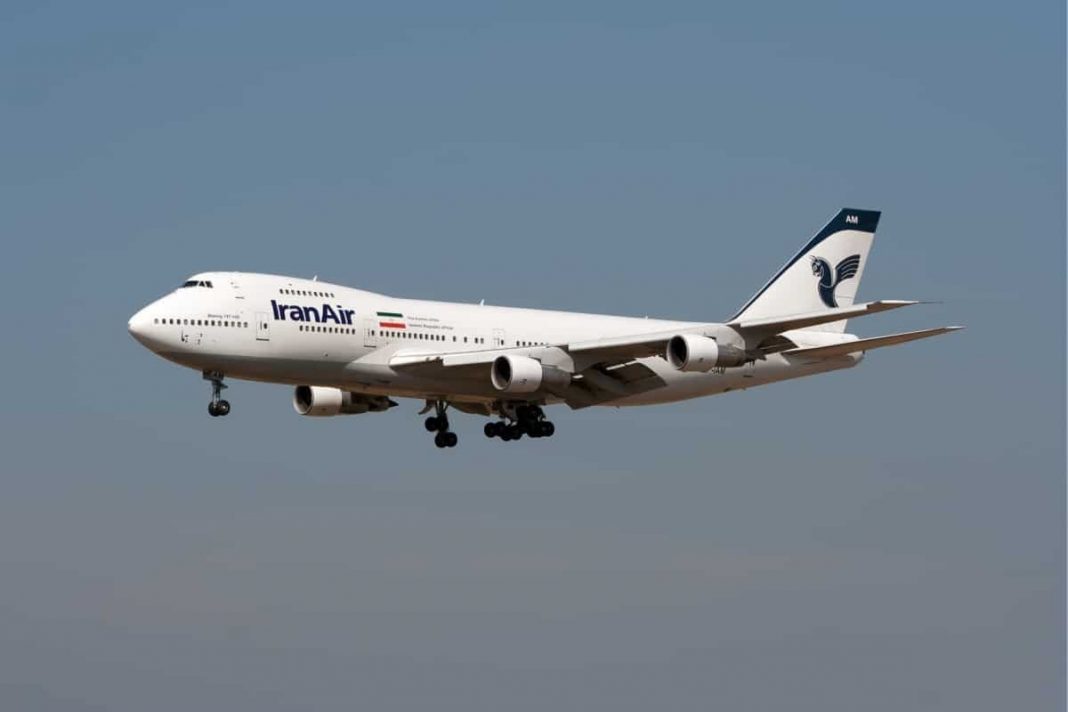In May of 2000, over 20 years ago, UK air accident investigators searched the bottom of a lake near London Stansted airport for panels of depleted uranium from a crashed Korean Air 747 jumbo jet. When the BBC had written the article, investigators had recovered 17 out of 20 of the panels, which were part of the aircraft’s structure and function.

The final Air Accidents Investigation Branch report notes that “all of the weights bar one were identified and disposed of during recovery.” So what exactly was the function of these weights? And why was depleted uranium selected over other materials in the first place?
Older 747s use depleted uranium as counterweights
Believe it or not, depleted uranium was used for a counterbalance in hundreds of Boeing 747s that were built before 1981. The BBC notes that its use became controversial after an El Al 747 crashed in Amsterdam in 1992.
The UK’s Air Accidents Investigations Branch (AAIB) notes that, before the controversy, it was typical of early 747s to have mass balance weights made of depleted uranium. These weights were used in the outboard elevators and upper rudder.
Stay informed: Sign up for our daily aviation news digest.

The AAIB also notes that the early 747 was built with 20 weights (panels) installed. Of these, six were present on each outer elevator while eight weights were installed on the upper rudder.
But why was this material used?
Depleted uranium was selected for its high density. Thus it had much more mass relative to its volume. In other words, compared to other metals and materials, it didn’t take up much space but weighed enough for its role as a mass balance weight.
A counterweight is used in the aerodynamic control of aircraft, to maintain its center of gravity. Having a high density in this respect is important.

Were these weights safe?
Hearing the term ‘depleted uranium’ usually conjures Hollywood images of hazmat suits and might also include a supervillain terrorist. In this particular case, however, the depleted uranium weights used in the Boeing 747 did not carry anywhere near the same level of threat.
Instead, these weights were clad with thin layers of nickel and cadmium. In addition to this cladding, the weights were then painted with a primer and then a topcoat.
The AAIB noted that these weights could be a hazard of sufficiently damaged by fire or corrosion. The result of this damage would be exposure to uranium oxide. For this to pose a real danger, “intimate contact” would need to be made, which, as an example, could mean “transferring it to the mouth from contaminated hands.”

However, separate studies completed by both Boeing and the United States Army have proven that no danger exists from the depleted uranium weights in the event of an aircraft crash.
“The studies conclude that a fire in the tail section of the airplane of sufficiently high temperature and duration to generate significant amounts of airborne uranium is unlikely if not impossible.” -UK AAIB
Data collected by the WISE Uranium Project notes that since 1981, Boeing has provided customers with tungsten replacement counterweights, and tungsten counterweights have since been installed in new Boeing 747 aircraft.
Did you know about this interesting bit of aircraft history? Let us know in the comments!
[ad_2]
Source link


